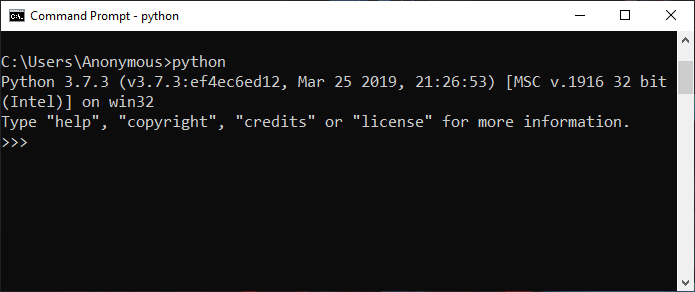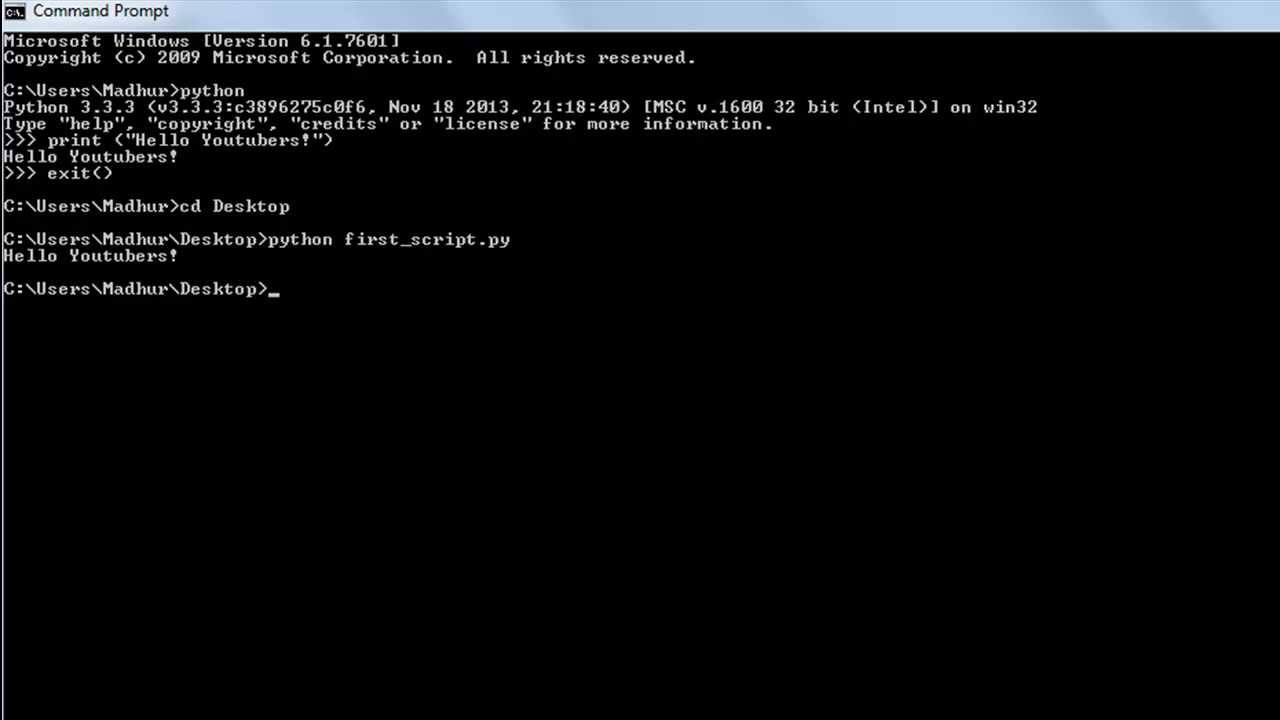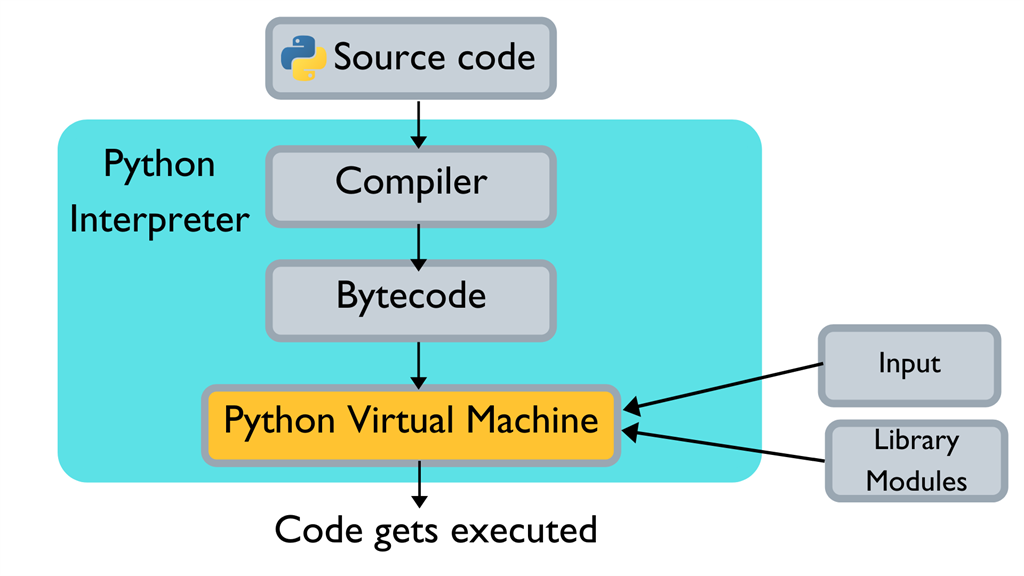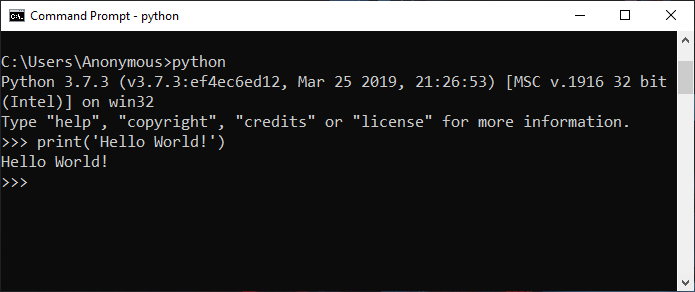How do you run a Python code command?
How do you run a Python code command?

I'd be happy to explain how to run a Python code command!
Running a Python code command is a straightforward process, and there are several ways to do it depending on your setup and preferences. Here's a step-by-step guide on how to run a Python script:
Method 1: Running from the Command Line (Terminal)
If you have Python installed on your system, you can simply open up your terminal or command prompt, navigate to the directory where your Python file is located, and then type python filename.py (replace "filename.py" with the actual name of your Python script).

For example, let's say you have a script named hello_world.py in a directory called /Users/johndoe/Documents/PythonScripts. You can run it by opening up the terminal, navigating to that directory using the cd command (e.g., cd /Users/johndoe/Documents/PythonScripts), and then typing:
python hello_world.py
This will execute your Python script, and you'll see any output or messages printed to the console.
Method 2: Running from an Integrated Development Environment (IDE)
If you're using a Python IDE like PyCharm, Visual Studio Code, or Spyder, you can run your Python script directly within the IDE. Here's how:
Open up your Python project in your preferred IDE. Make sure yourhello_world.py file is opened and highlighted in the editor. Look for the "Run" button (it might be labeled as "Execute," "Debug," or something similar) and click on it. The IDE will automatically run your script, and you'll see any output printed to the console.
Method 3: Running from a Python Interpreter
If you don't have a Python interpreter installed, you can use an online platform like Repl.it or Codecademy's Python Editor. These platforms allow you to write and run Python code in the cloud without installing anything on your machine.
For example, if you're using Repl.it:
Create a new project by clicking on the "New Project" button. Give your project a name (e.g.,hello_world). Write your Python script in the editor. Click on the "Run" button to execute your code.
Tips and Variations
Make sure you have the correct Python interpreter installed and configured before running your script. You can check which version of Python is being used by typingpython --version in your terminal. If you're using a virtual environment (e.g., with conda or venv), make sure to activate it before running your script. Some IDEs may require you to create a "run configuration" or set up a "debugger" before running your code. This will depend on the specific IDE and its settings. If you're having issues with syntax errors or runtime errors, try using a Python linter like Pylint or Flake8 to help identify and fix any problems in your code.
That's it! With these methods and tips, you should be able to run your Python code command successfully. Happy coding!
How does Python run code?

I'd be happy to explain how Python runs code.
Python is an interpreted language, which means that when you write a Python program and save it as a file with a .py extension, the code isn't actually compiled into machine code until it's run. Instead, the code is interpreted line by line by an interpreter, which translates the Python code into machine code that can be executed by the computer.
When you run a Python program, here's what happens:

python or python3) is initialized. The interpreter sets up its internal state, loads any necessary libraries and modules, and prepares to start executing your code. Importing Modules: If your program imports any modules or libraries using import statements, the interpreter loads those modules into memory. This allows you to use functions, classes, and variables defined in other Python files.



Throughout this process, the Python interpreter also keeps track of variables, their scopes, and any necessary bookkeeping tasks to ensure that your program runs correctly. When you run a Python program, it's this sequence of events that allows your code to be executed on your computer.





























